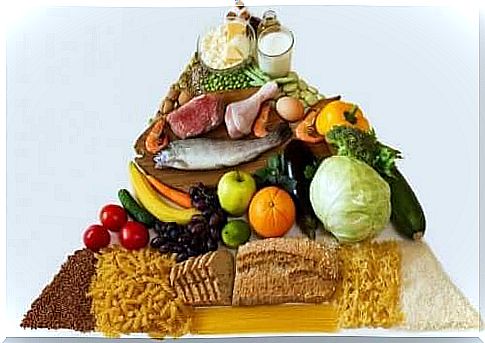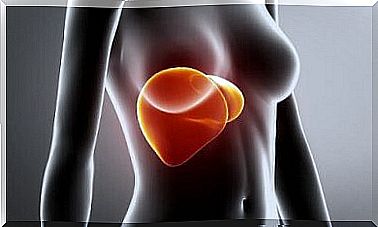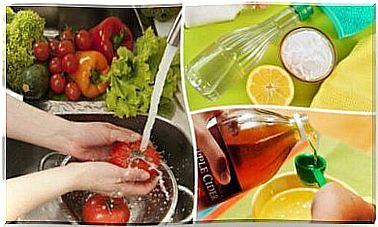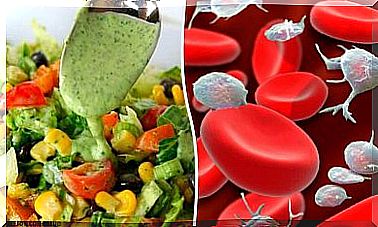What Does The Product Information Tell Us?

Our diets have changed dramatically in recent years, and not always for the better. Most often, the daily diet contains too much saturated fat and white sugar, which can cause many health problems. For this reason, it is important to be able to read the product information for foods and beverages.
The significant increase in chronic diseases such as diabetes, obesity and dyslipidemia (excessive blood cholesterol or fat) in developing countries has caused concern worldwide. This has led many international organizations, such as the World Health Organization (WHO) and the Food and Agriculture Organization of the United Nations (FAO), to call on national governments to take specific measures to promote nutrition awareness among the population.
Here, the ability to read the product information is useful and for a very simple reason: it helps consumers choose the healthiest foods for their body.
What does the product information say?
The product label is a practical guide to help consumers make long-term health decisions.
In general, good nutrition is very important for the body. It helps prevent and control the symptoms of some diseases, such as high blood pressure, osteoporosis, heart problems, certain cancers, type 2 diabetes and obesity.
For this reason, it’s a good idea to take a moment to read the product label at the grocery store so you can choose the healthiest options.
Why is a product information sheet important?

The main purpose of the product information is to provide the consumer with information on the nutritional properties of the food. Reading product information is beneficial in the following ways:
- They provide consumers with information on food ingredients in a simple and clear way. In this way, consumers can make decisions about their diet according to their own needs.
- They are an effective way to indicate the nutritional content of a food in figures.
- They provide useful information if you suffer from allergies or intolerances to certain foods. This makes it possible to avoid possible allergic reactions and other complications.
- They help to implement strong nutritional principles in food preparation for the benefit of public health.
- They promote better practices in food production. Because manufacturers have to inform consumers about the nutritional content of their products, they are more likely to choose quality ingredients.
Read the product description like this
It is important to learn to read the product information correctly, as this information will help you make the right food choices for your health.
1. Find the dose size

The package leaflet shows the dose size and number of doses per pack. This will help you understand the other information in the product information.
- This figure expresses the nutritional value of the food, such as the amount of calories, fiber and salt, per serving.
- So if you eat two servings of that product, you will consume twice as many calories and twice as many nutrients. This can be either good or bad, depending on the food.
For this reason, it is important to know the dose size. This is the only way to know exactly how many calories and nutrients you eat each day.
2. Find the number of calories
The caloric content may be indicated in the product information by the terms “energy”, “energy content” or “total energy”. Regardless of the term, calories are the amount of energy a food or drink receives from a single serving.
- Calories can be expressed in kilocalories (kcal) and kilojoules (kJ), which we usually call only calories.
Daily values are based on a 2,000 kilocalorie diet. The nutritional needs of course depend on the physical activity of each person.
You can find out your calorie needs from a nutritionist. This will let you know what number of calories per day is best for your body.
3. Learn how to take advantage of the recommended daily intake percentage

This information is based on the amount of nutrients we need on a daily basis. The percentage tells you how much of that amount we get from one serving of that food product. In this way, it helps maintain a healthy diet.
This section of the product information should be used to help you choose nutritious foods that you should eat more often. It also helps you identify the foods you should eat less.
The following nutrients should be ingested daily in appropriate amounts: calcium, fiber, vitamins A and C, and potassium.
Instead, intake of saturated fats, trans fats, cholesterol and sodium should be reduced. Still, keep in mind that every body has different needs. A nutritionist can help you determine your exact nutritional needs in terms of the foods you need and their amounts.









